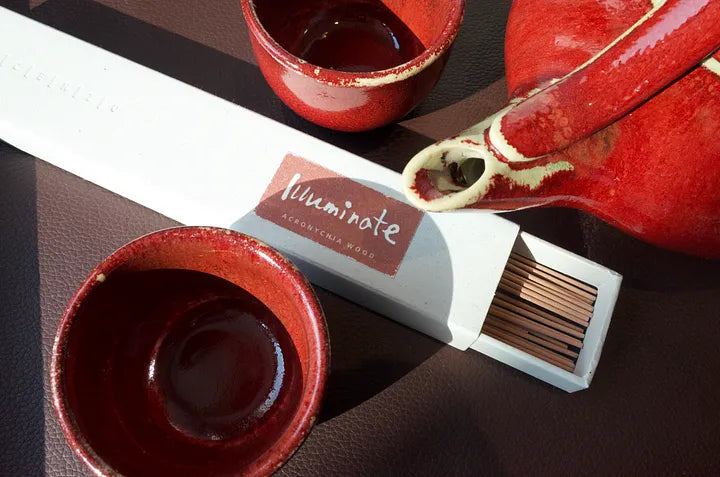
Taoism, Simply Explained: Harmony, Nature, and the Flow of Life
Share

Taoism, or “Daoism,” is an ancient Chinese philosophy that’s as much a way of life as it is a system of thought. It goes back over 2,500 years, and its roots can be found in the writings of a philosopher named Laozi, who’s often credited with founding Taoism through his work, the Tao Te Ching.
Laozi’s teachings were based on the concept of the Tao (often translated as “the Way”), a force that flows through everything in the universe. This “Way” represents the natural flow of life and the universe, and understanding how to align with it can lead to peace and harmony.

Core Beliefs: Embracing the Flow of Life
At its core, Taoism emphasizes the importance of living in harmony with nature and the universe. Instead of fighting against the natural rhythms of life, Taoists believe in wu wei — which roughly translates to “non-action” or “effortless action.”
This doesn’t mean being lazy or inactive, but rather understanding when to act and when to step back and let things unfold naturally. Taoism teaches that when we’re in sync with the flow of the universe, things happen more smoothly.

One of the main teachings of Taoism is the idea of yin and yang, which represents balance and the interdependence of opposites. Light and dark, male and female, life and death — these forces are not in opposition but complement each other, creating harmony.
Taoists believe that life is a dance between these forces, and by understanding and embracing them, one can find balance in the world and within oneself.

Common Practices: Connecting with the Tao
Taoism is a deeply spiritual practice that involves connecting with nature, meditation, and rituals. A common practice is Tai Chi, a gentle form of martial art that focuses on flowing movements that help calm the mind and body. Meditation is also central to Taoism, with Taoists often using breathing techniques and silent reflection to connect with the Tao.
In Taoist temples or home shrines, incense plays an important role in connecting with the spiritual world. Burning incense, especially varieties like sandalwood or Jiangzhen, is seen as a way to purify the space, bring in positive energy, and elevate the atmosphere for prayer or meditation. The smoke rising into the air symbolizes the release of thoughts and worries, allowing practitioners to focus on their inner peace.

If you’re ever interested in trying out an incense, INCENZO provides 100% natural incense sticks that follow the traditional Taoism recipes. Illuminate — Jiangzhen or Acronychia wood incense, is the most representative in Taoism as it’s lit when a message needs to be sent to higher beings. Unwind — sandalwood on the other hand, is a great familiar and calming scent to start with for people new to incense.
Taoism also incorporates practices like using charms, symbols, and offerings to invite good energy and dispel negative influences. Traditional Taoist medicines, like herbal remedies, also play a part in maintaining balance between the body and mind, reflecting the Taoist belief in harmony between nature and humanity.
Taoism is more than just a set of teachings — it’s a way to find peace, balance, and harmony in the chaos of life. Whether through meditation, Tai Chi, or simply learning to embrace the flow of life, Taoism offers a path toward a more peaceful and meaningful existence.
